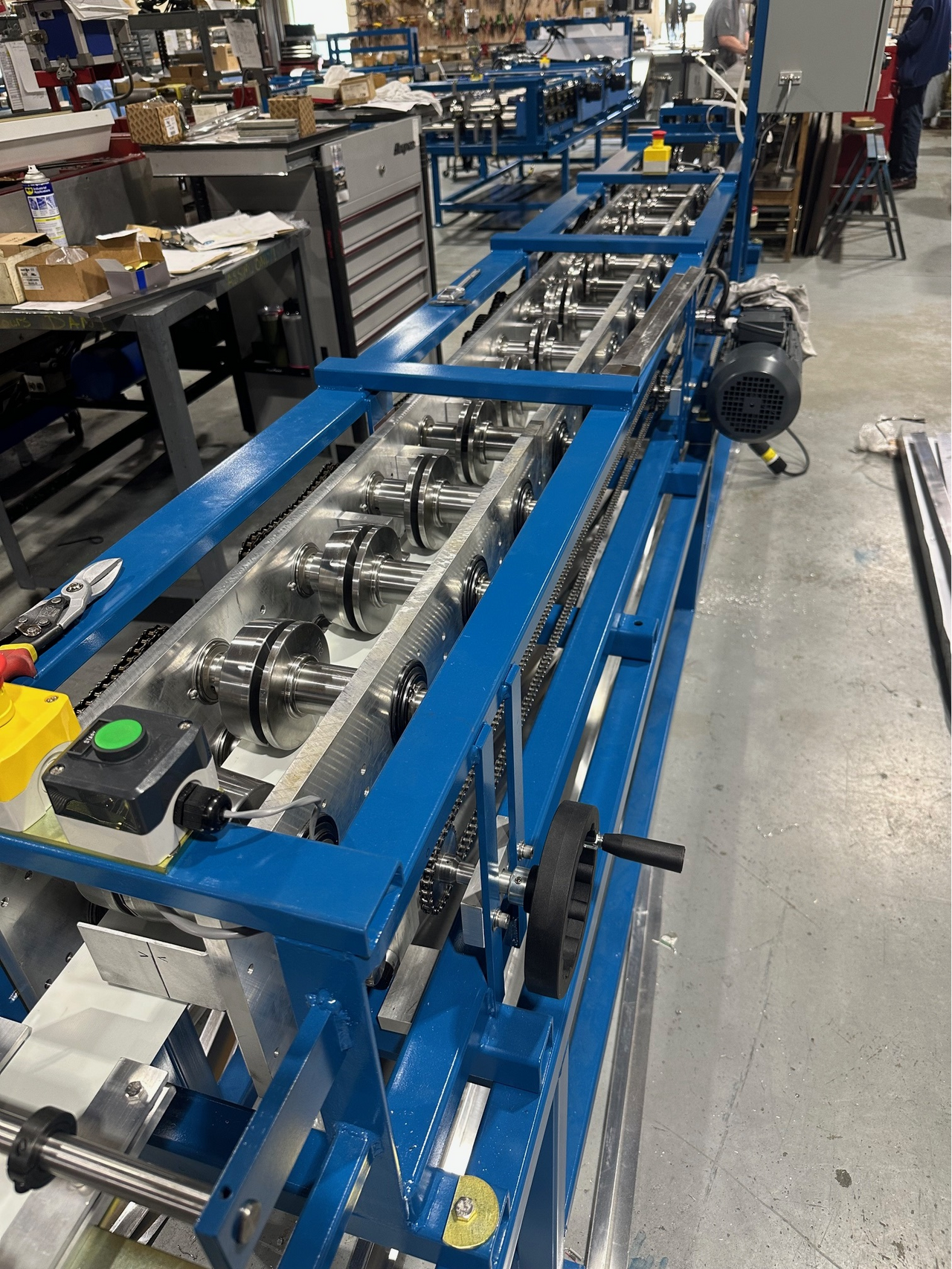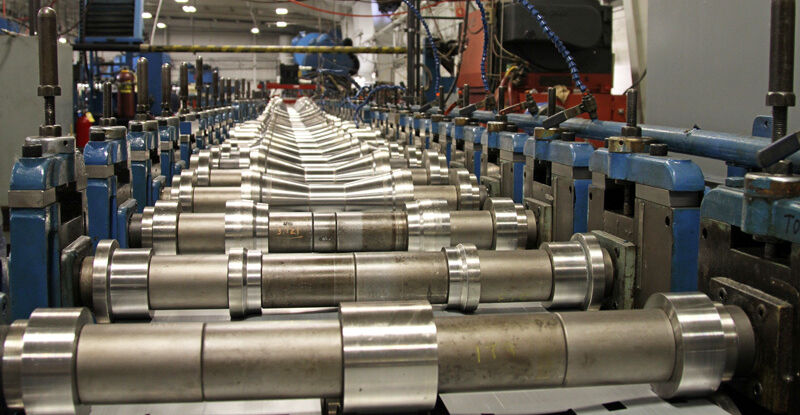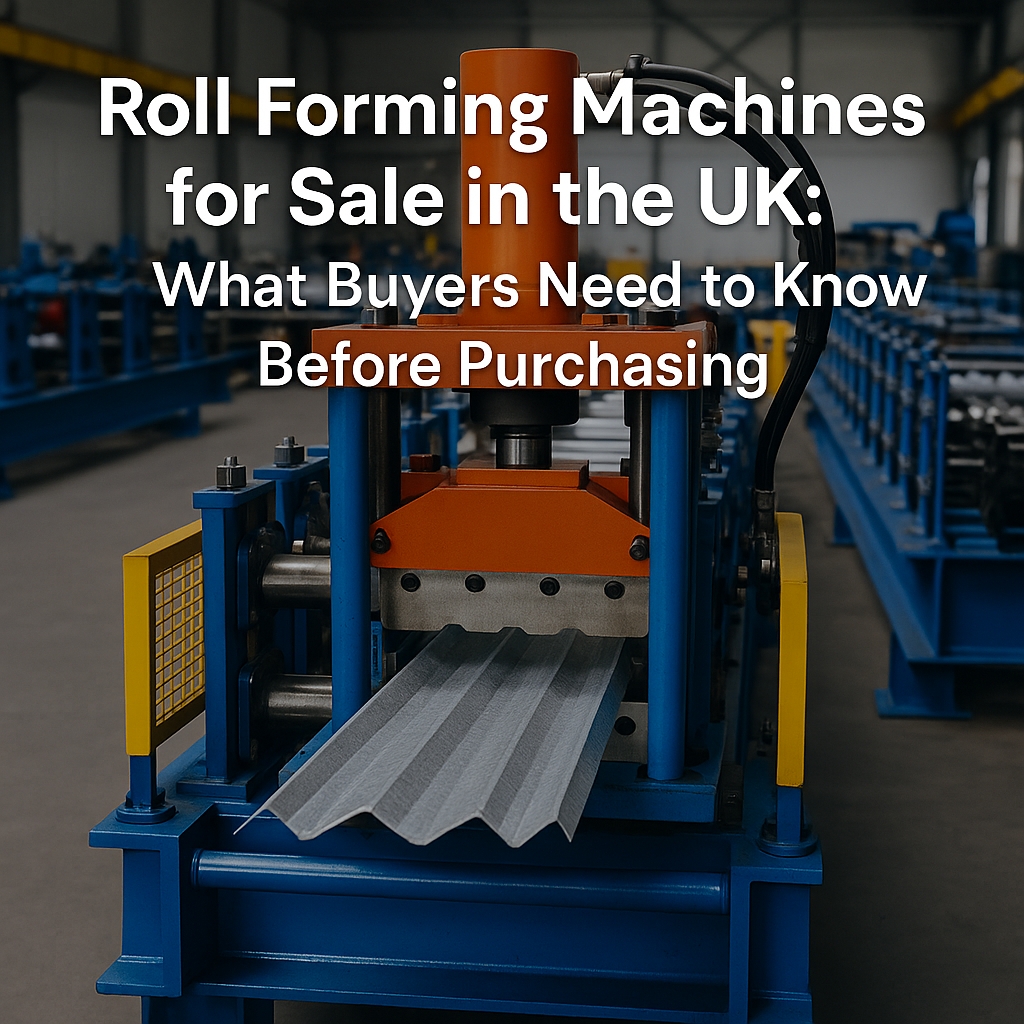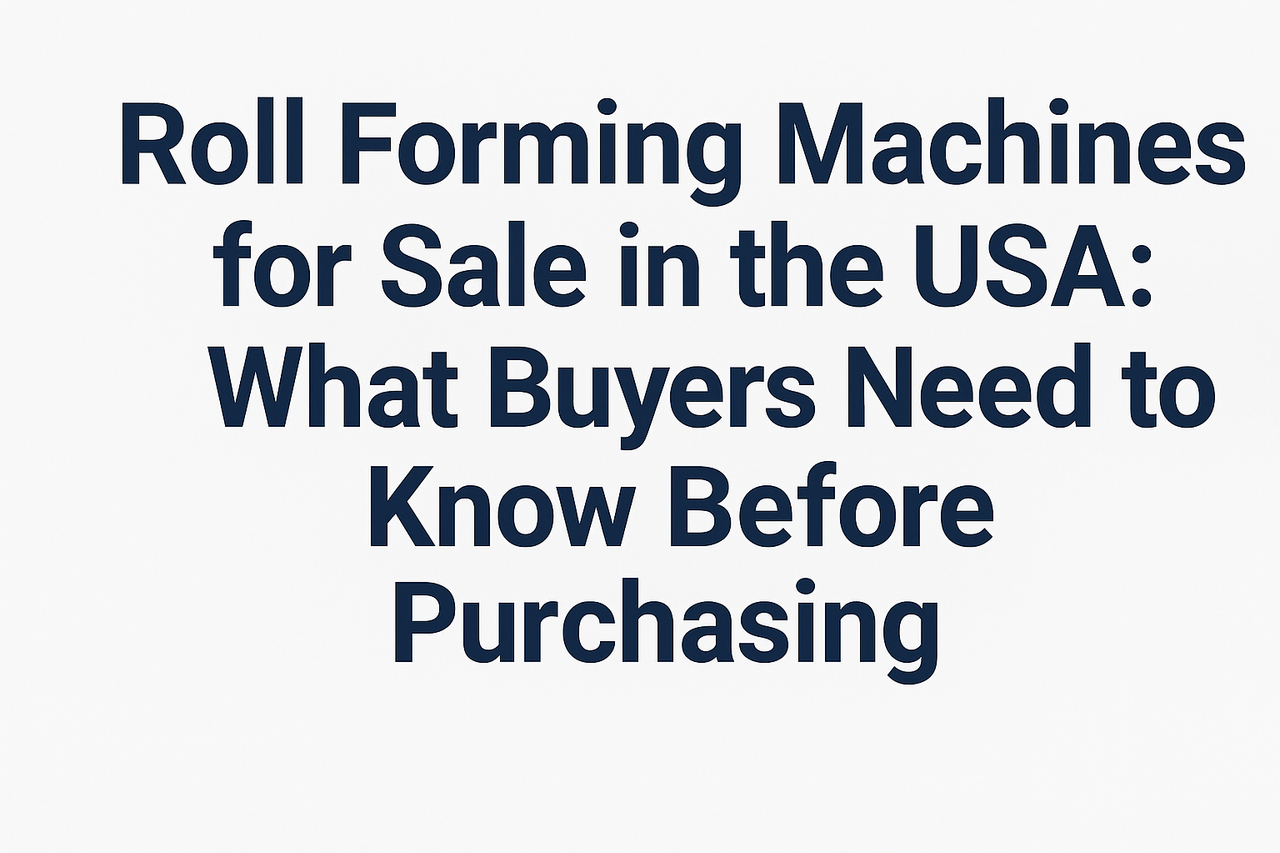
Posted on Thursday, September 26, 2024
These profiles are made by passing metal coils through roll forming machines to create precise, durable shapes that provide protection against water infiltration and enhance structural integrity.
Here are some common roll formed metal flashing profiles:
Each of these profiles is manufactured using roll forming machines that create highly accurate and consistent shapes, ensuring that the flashing fits perfectly and performs its intended function effectively. These flashing components are critical in keeping buildings watertight and protecting against the elements.

Most Popular Roll Forming Machines in the United Kingdom
Posted on Thursday, December 11, 2025
This blog breaks down the five most in-demand roll forming machines in the UK

Can I Finance a Roll Forming Machine?
Posted on Thursday, December 11, 2025
Financing a roll forming machine is easier than most buyers think. Here’s how leases, loans, and payment plans make production affordable.

Roll Forming Machines for Sale in the UK: What Buyers Need to Know Before Purchasing
Posted on Thursday, December 11, 2025
This complete guide explains everything UK buyers must know before purchasing, including machine types, voltage requirements, CE/UKCA compliance

Roll Forming Machines for Sale in the USA: What Buyers Need to Know Before Purchasing
Posted on Wednesday, December 10, 2025
This guide explains everything U.S. buyers need to know before purchasing a roll forming machine, including machine types, pricing, voltage
Copyright 2026 © Machine Matcher.